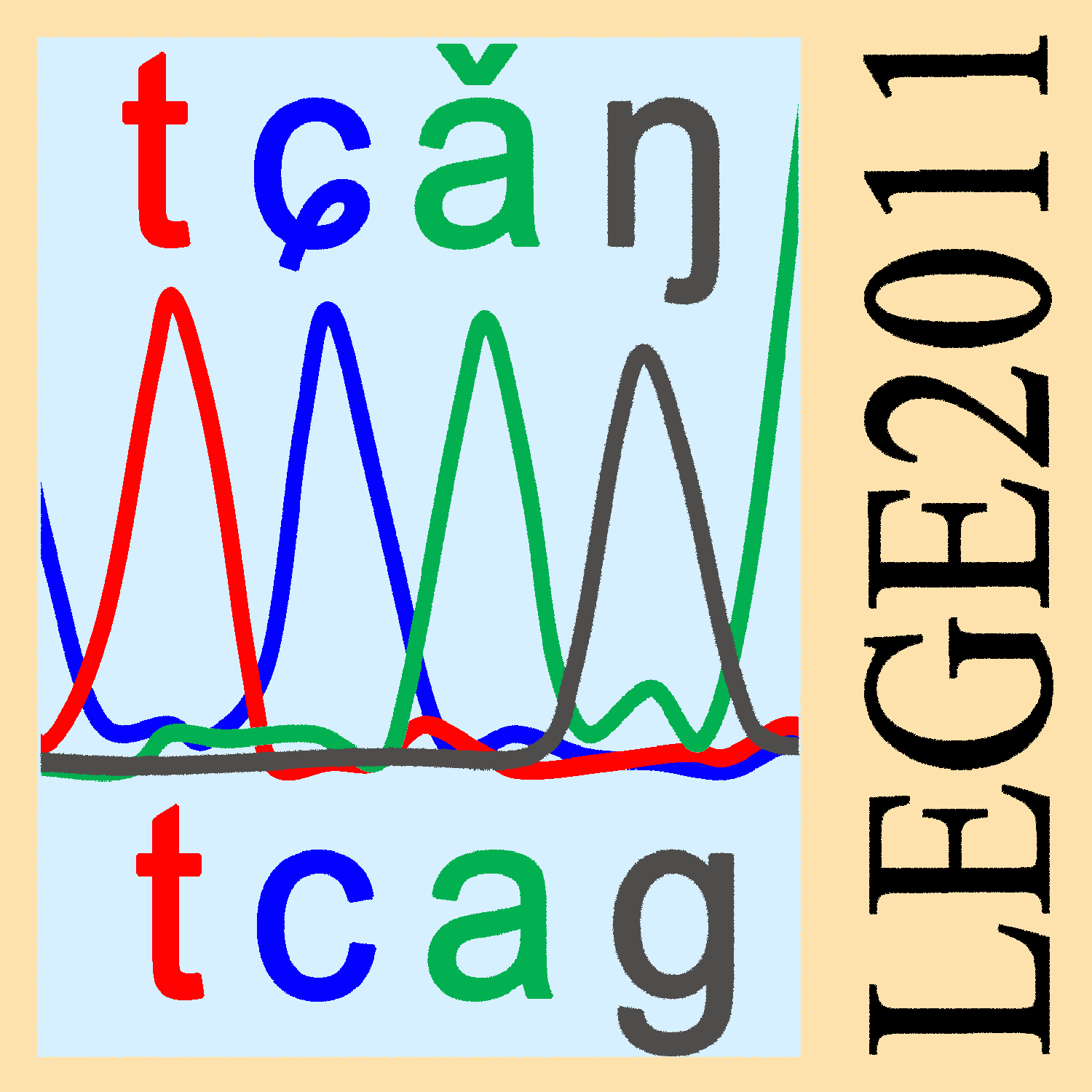 COM.on C.A.5:e39/237-239
Online published on
Dec.15, 2011.
COM.on C.A.5:e39/237-239
Online published on
Dec.15, 2011.doi:10.4236/coca.2011.51039
 COM.on C.A.5:e39/237-239
Online published on
Dec.15, 2011.
COM.on C.A.5:e39/237-239
Online published on
Dec.15, 2011.Yungang He1, Wei R. Wang1, Ran Li1, Sijia Wang2, Li Jin1,3
1.Chinese Academy of Sciences and Max Planck Society (CAS-MPG) Partner Institute for Computational Biology, Shanghai Institutes for Biological Sciences, Chinese Academy of Sciences, Shanghai 200031, China; 2. FAS Center for Systems Biology, Harvard University, Cambridge, MA 02138; 3.Ministry of Education Key Laboratory of Contemporary Anthropology, School of Life Sciences and Institute of Biomedical Sciences, Fudan University, Shanghai 200433, China
Key words: Genetic divergence, Peopling of America, Native American populations, Prehistorical dispersion
Recieved: Sep.18, 2011 Accepted: Oct.20, 2011 Corresponding: heyungang@gmail.com
《现代人类学通讯》第五卷e39篇 第237-239页 2011年12月15日网上发行
会议报告
从北亚到新大陆-印第安人群的起源及扩散
何云刚1, 王伟1, 李冉1, 汪思佳2, 金力1,3
1. 中国科学院计算生物学研究所, 中国上海 200031; 2. 哈佛大学FAS系统生物学中心,美国麻省剑桥02138; 3. 复旦大学生命科学学院现代人类学教育部重点实验室,中国上海200433
摘要:各美洲印第安人群体的遗传分歧时间,对于理解早期人类如何进入美洲及在美洲扩散的问题至关重要。传统的遗传距离度量虽然能反映群体分歧时间,但是当遗传情景比较复杂或群体大小存在扩张时,传统的遗传距离与群体分歧时间之间的线性联系不复存在。因此,先前的遗传学研究对美洲印第安人的群体分歧时间了解甚少。本研究发展了一种新的度量用于群体间的遗传分歧。计算机模拟显示这种新的度量即使在复杂的遗传情景和群体扩张的情况下,仍然与群体分歧时间保持很好的线性相关。通过运用这种新方法结合多个美洲印第安人的微卫星(STR)数据,我们调查了美洲印第安人群体的遗传分歧。结果显示北美印第安人的遗传分歧大于中美和南美群体。但是,没有任何群体间的遗传分歧大到足以支持关于人类进入美洲争论中的二次或多次迁移模型。考虑群体的地位位置,印第安群体的遗传联系建议这些群体可以分为四个组。组间的遗传分歧提示人类在美洲的早期扩散可以看作一个多步的过程。而且,在北美停留一段时间后,快速在中美和南美扩散开来。
关键词:遗传分歧;美洲移民;美洲印第安人;史前迁移
收稿日期:2011年9月18日
修回日期:2011年10月20日
联系人:何云刚
heyungang@gmail.com